New Volkswagen California is a hybridised camper van that has it all
The Volkswagen New California camper van is here, the latest update to VW’s evergreen classic, bringing a larger platform, more flexibility and hybrid power for the first time
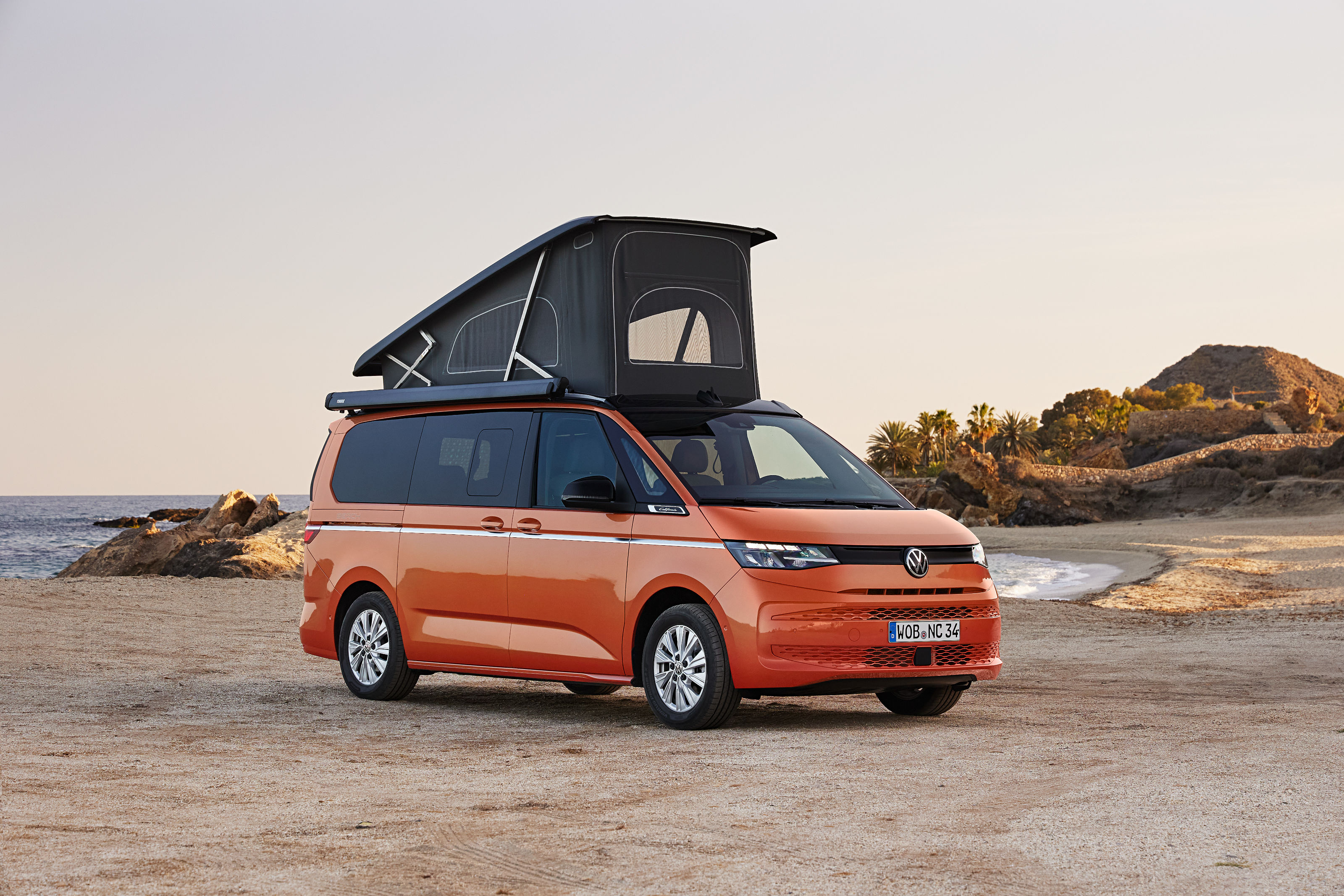
This is the Volkswagen New California, the latest in a long line of factory-built camper vans that can trace its origins back to the Type 2-derived models of the 1950s. With the excellent all-electric ID Buzz snapping at the heels of VW’s conventionally powered vans, it might also be the last VW camper of the combustion era (although electric camper vans are nothing new, of course).
The new Volkswagen California is VW’s first plug-in hybrid camper van
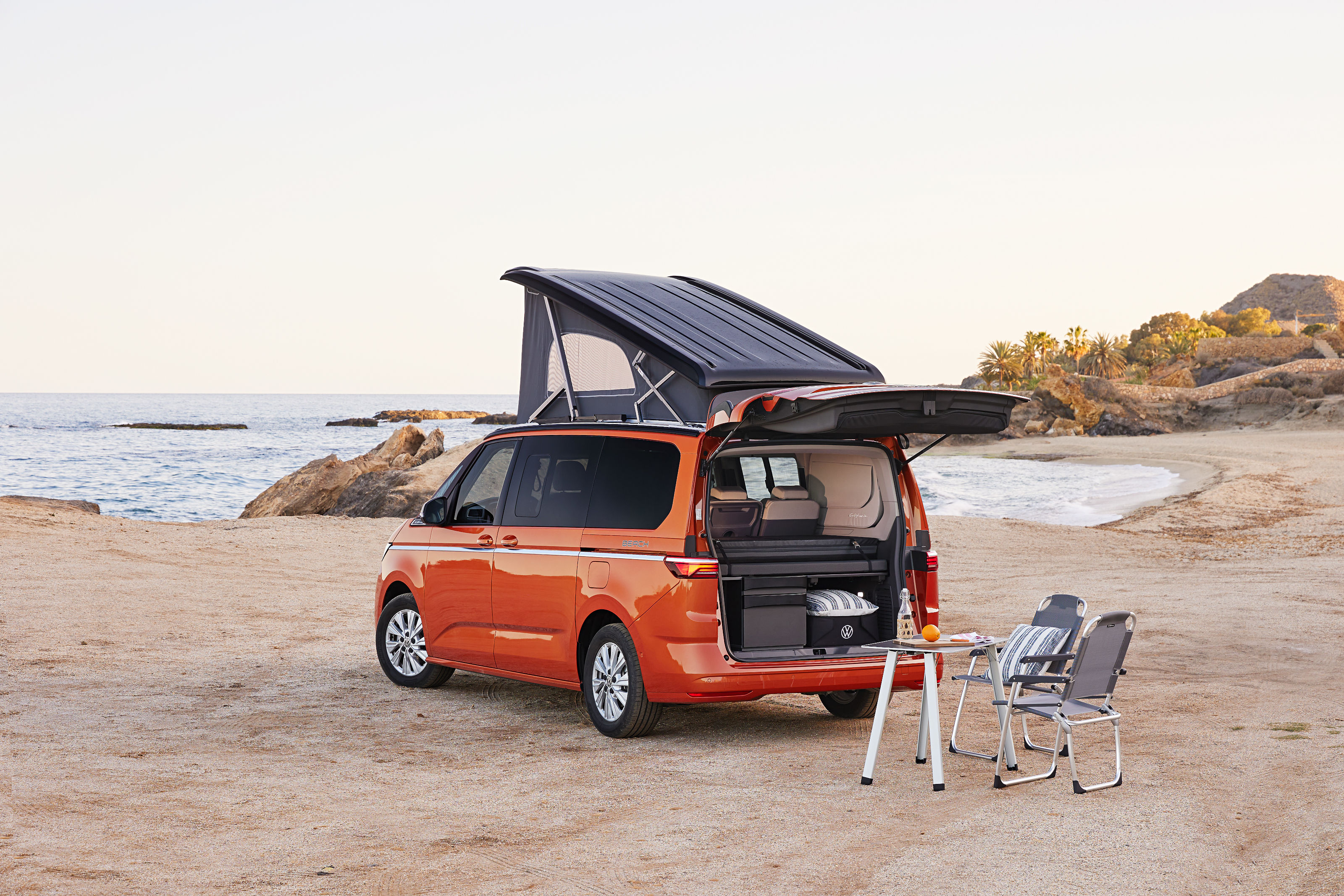
However, this new model, officially known as the New California1, is keeping pace with the world and innovative camper van rivals. As Volkswagen’s first camper van to be offered with a plug-in hybrid system, as well as four-wheel drive, it has extended range, performance and practicality as a result.
Straight away this classic design impresses with sensible upgrades to bolster practicality and comfort. The introduction of sliding doors on both flanks makes it easier to use once parked up, and every one of the five versions comes with the pop-up roof as standard.
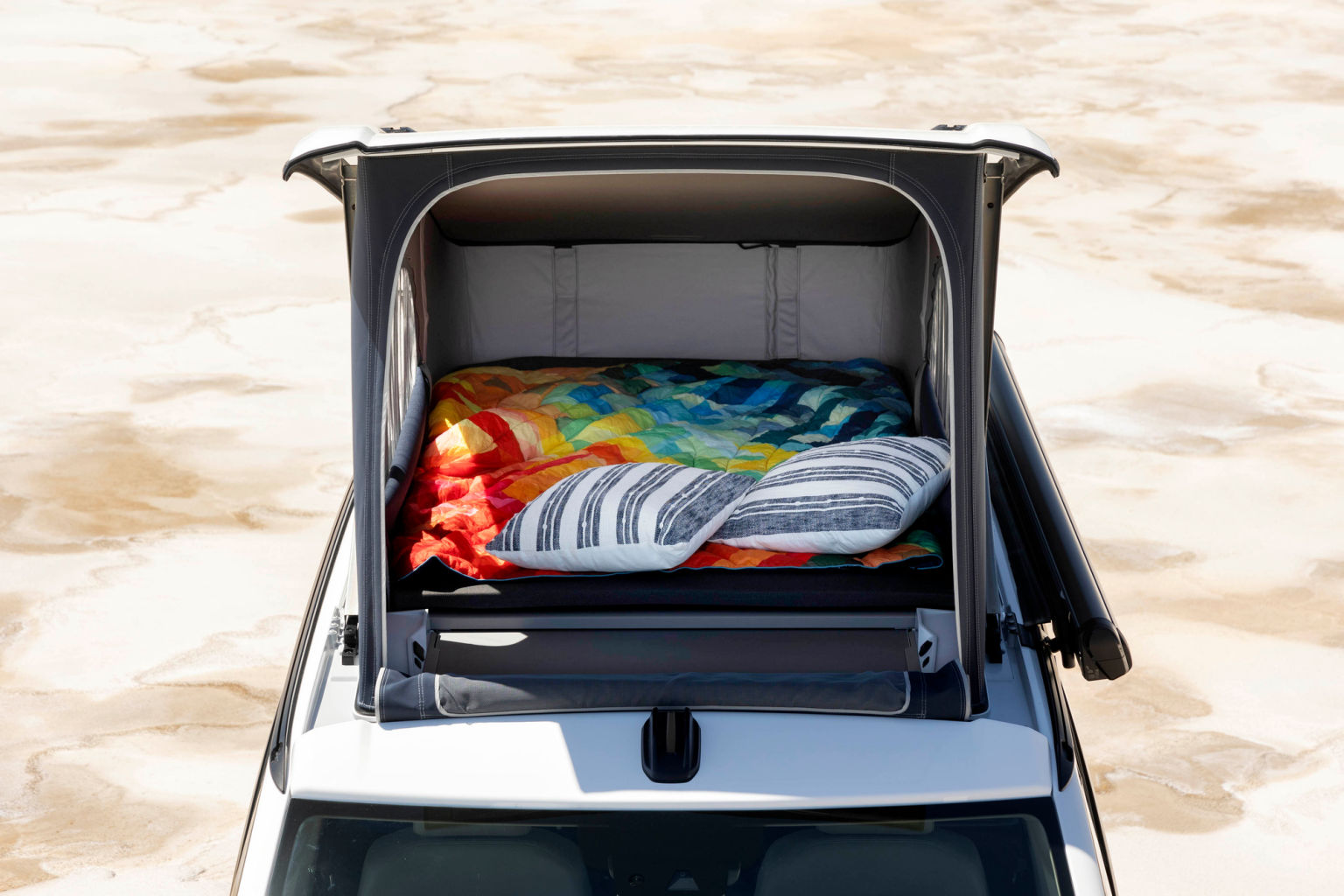
The pop-up roof on the Volkswagen California Ocean
Each version – Beach, Beach Tour, Beach Camper, Coast and Ocean – has a slightly different equipment list, but all have a dedicated app as well as an onboard display in the living space to control the various functions.
For example, the Beach Camper has a mini-kitchen at the rear, while the more upscale Coast and Ocean models have full kitchenettes inside the van itself.
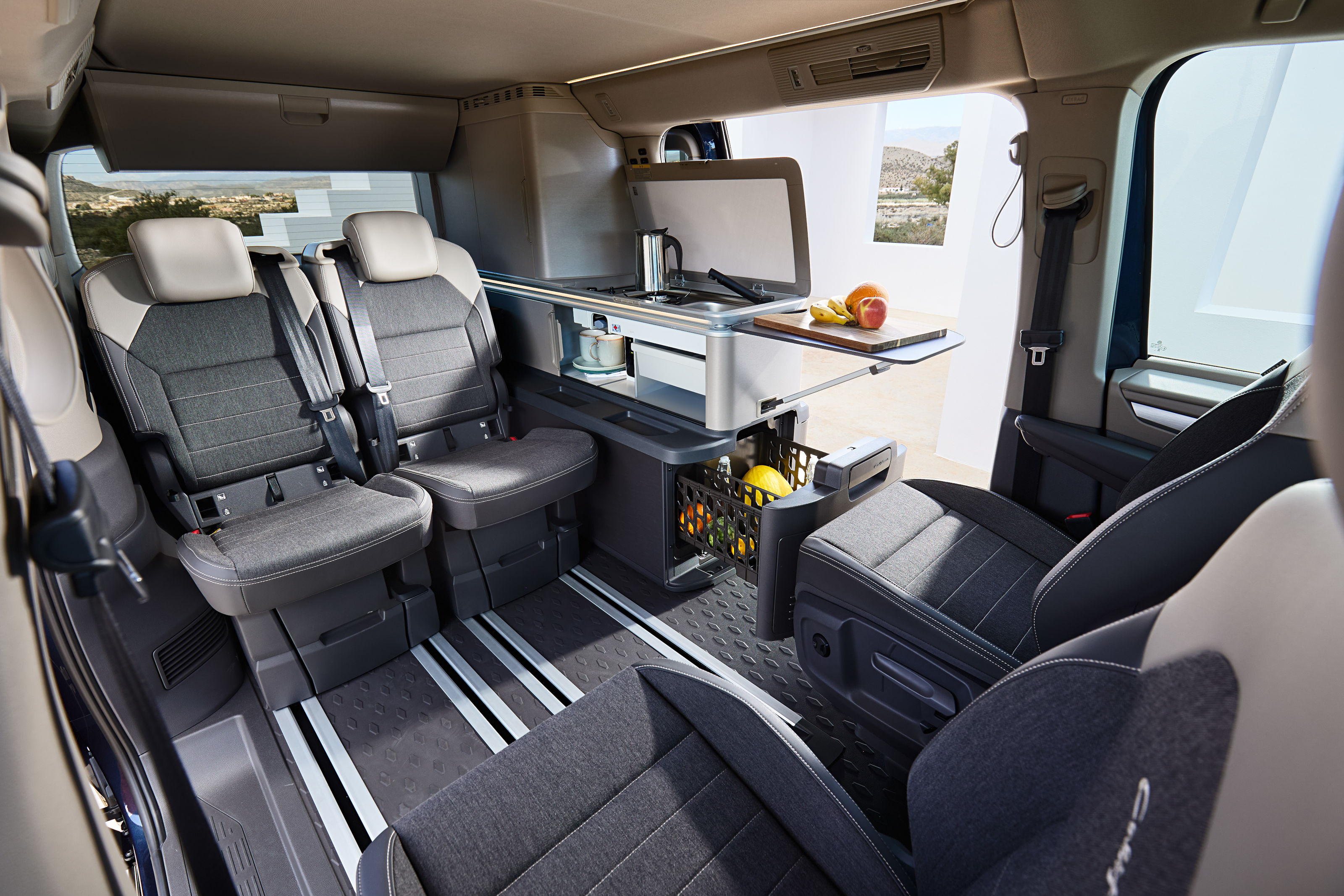
The kitchenette in the Volkswagen California Ocean
Other layout upgrades include two individual removeable seats in the rear, instead of a bench, greatly increasing the camper’s carrying capacity. With twin sliding doors also comes the ability to add twin awnings to create a large covered outdoor space.
The app’s functionality also includes an ‘all lights off’ button (something many hotels could benefit from), as well as the ability to check water and waste levels. USB-C ports are scattered around the interior.
Receive our daily digest of inspiration, escapism and design stories from around the world direct to your inbox.
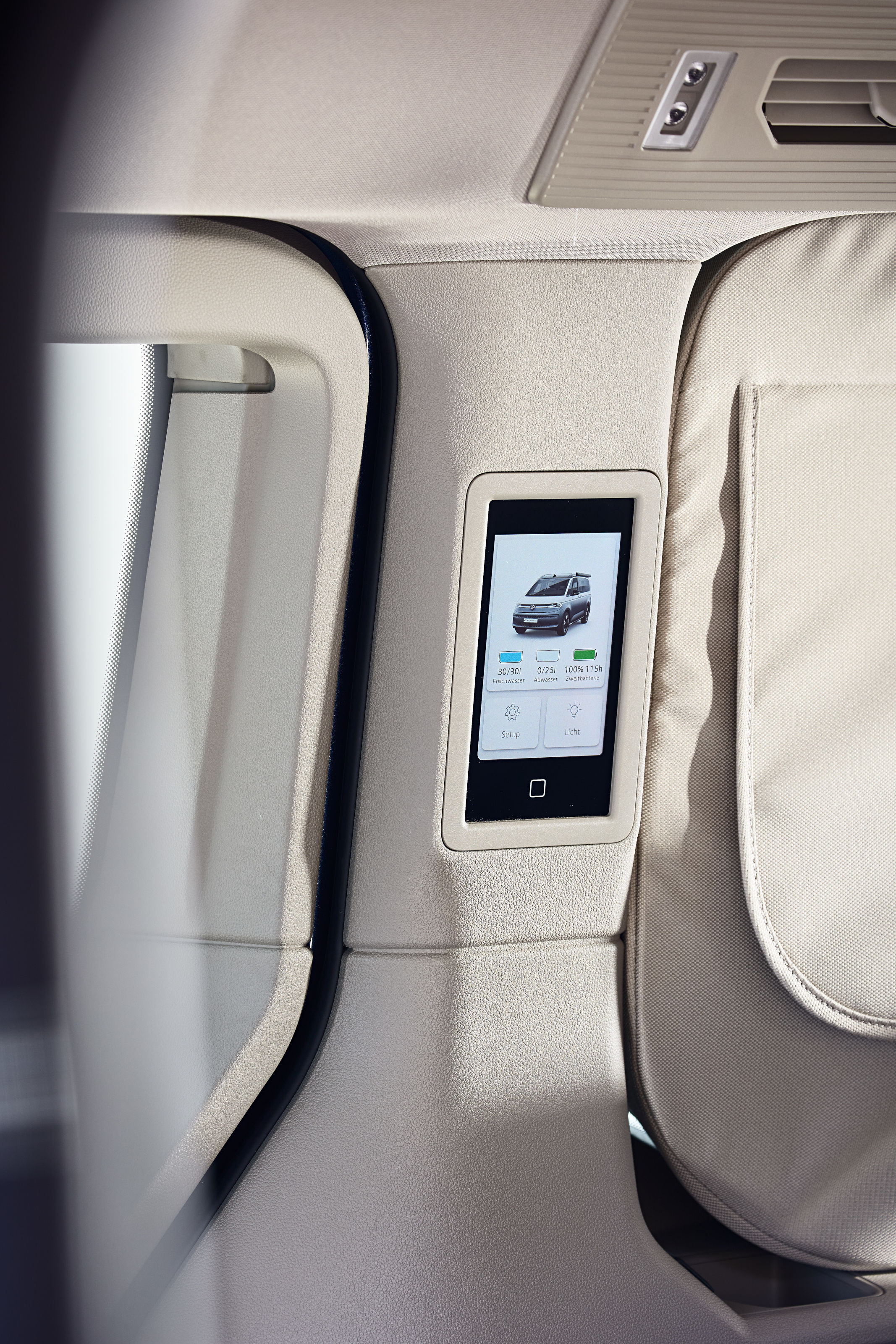
Interior functions are controlled by an app or the touch screen display
The eHybrid model is joined by a conventional turbo diesel and turbocharged petrol option, with the California Beach model offered as the entry level. Beach Tour is pitched at day trippers who want the option for an occasional overnight stop, while the Beach Camper and Coast are the classic, fully-kitted out camper vans.
Finally, there’s the flagship California Ocean, which can seat and sleep four, and adds additional details like a roof stowage box, air conditioning and an external power socket.
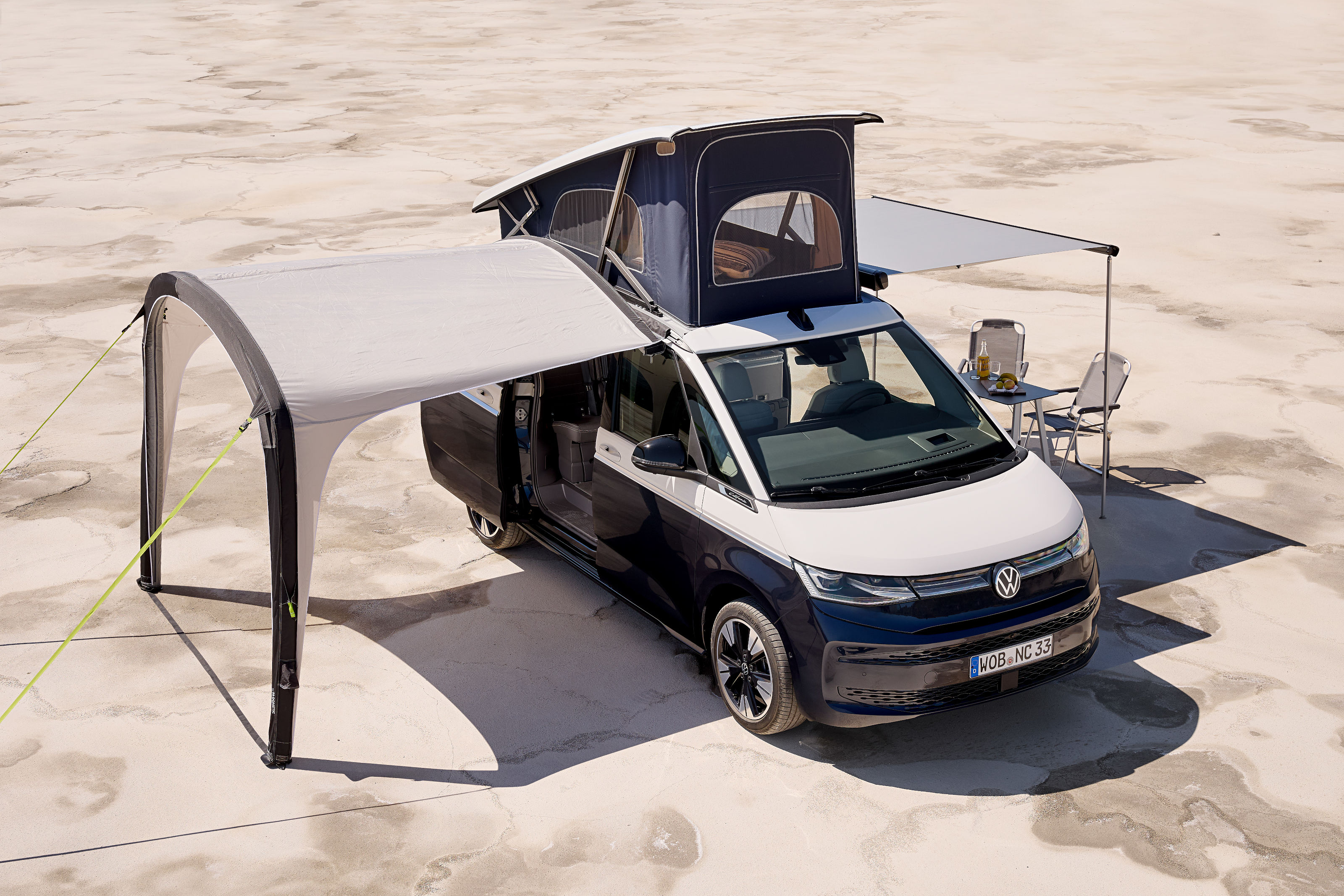
Volkswagen California Ocean with twin awnings
Interior packaging has always been a strong suit of the California range. The slightly larger Multivan platform that underpins the new camper creates more flexibility for travelling, eating and sleeping layouts, with added storage and enhanced black-out blind systems.

The Volkswagen California Beach has a slide-out rear kitchen
Over the years, VW has built over 280,000 examples of the California, with countless thousands more campers produced by third-party companies. Key elements – like the pop-up roof and two-tone paintwork – keep the New California at the forefront of the genre.

Seats fold flat into a bed in classic camper style
Volkswagen New California, sales start in June 2024, Volkswagen-Vans.co.uk
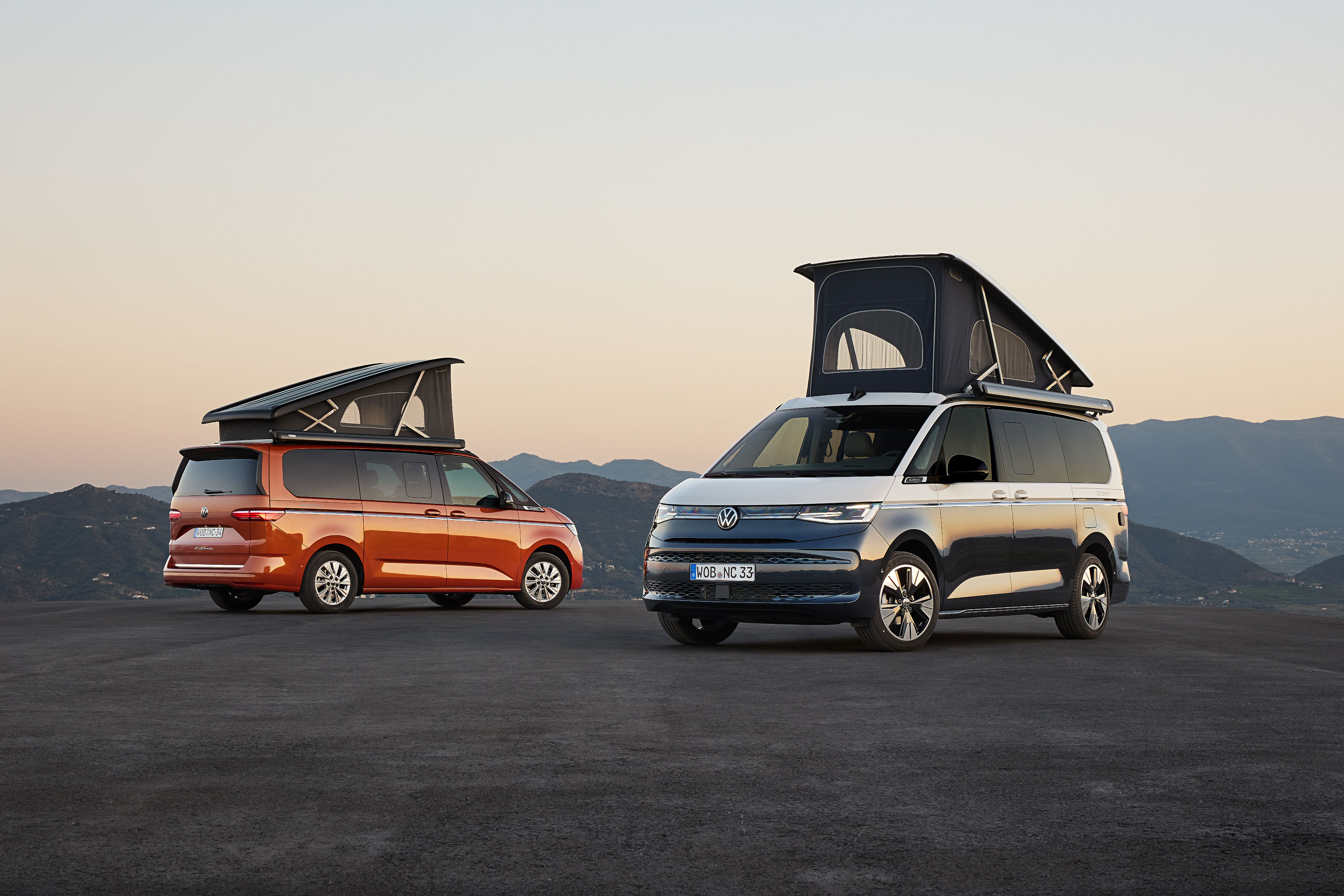
Jonathan Bell has written for Wallpaper* magazine since 1999, covering everything from architecture and transport design to books, tech and graphic design. He is now the magazine’s Transport and Technology Editor. Jonathan has written and edited 15 books, including Concept Car Design, 21st Century House, and The New Modern House. He is also the host of Wallpaper’s first podcast.
-
 A compact Scottish home is a 'sunny place,' nestled into its thriving orchard setting
A compact Scottish home is a 'sunny place,' nestled into its thriving orchard settingGrianan (Gaelic for 'sunny place') is a single-storey Scottish home by Cameron Webster Architects set in rural Stirlingshire
-
 7 colours that will define 2026, from rich gold to glacier blue
7 colours that will define 2026, from rich gold to glacier blueThese moody hues, versatile neutrals and vivid shades will shape the new year, according to trend forecasters
-
 In Norway, discover 1000 years of Queer expression in Islamic Art
In Norway, discover 1000 years of Queer expression in Islamic Art'Deviant Ornaments' at the National Museum of Norway examines the far-reaching history of Queer art
-
 All the new electric cars and concepts revealed at Munich’s IAA Mobility 2025
All the new electric cars and concepts revealed at Munich’s IAA Mobility 2025Munich’s alternative motorshow is now in its third iteration, combining a traditional exhibition space with a conference and large-scale public activations on the streets of the city
-
 This Porsche surfboard collaboration captures the spirit of 1970s Southern California
This Porsche surfboard collaboration captures the spirit of 1970s Southern CaliforniaThe Porsche 911 Carrera RS 2.7 is the inspiration for the company’s second collaboration with California’s Almond Surfboards, featuring a custom-made board and limited-edition apparel and accessories
-
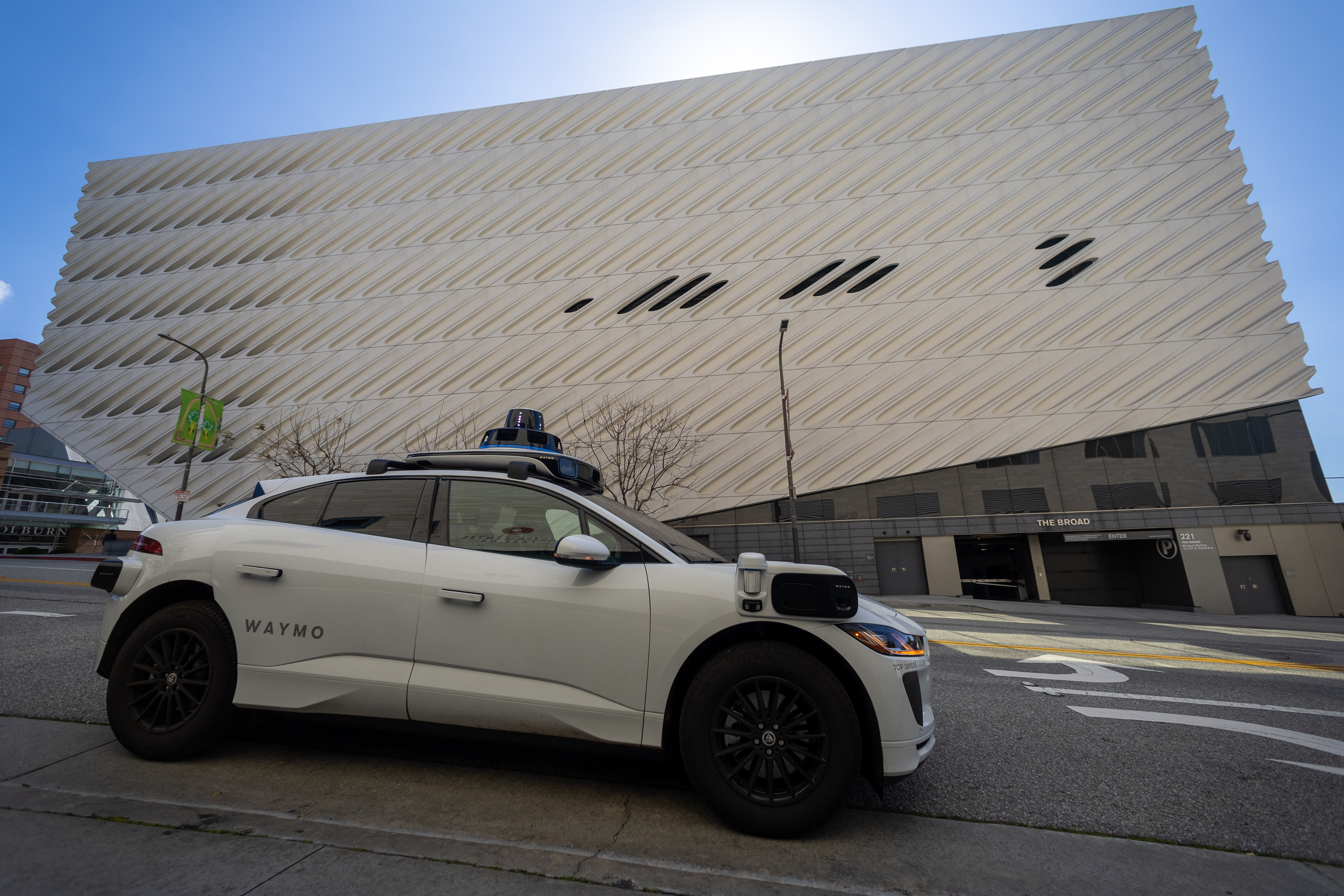 Waymo brings more self-driving cars to California – with sights set on New York
Waymo brings more self-driving cars to California – with sights set on New YorkIf you live on the eastside of LA, you can now catch a Waymo to work
-
 New Polydrops P21 is a travel trailer with an architectural backstory
New Polydrops P21 is a travel trailer with an architectural backstoryStreamlined and ultra-compact, the Polydrops P21 is a self-contained RV aimed at remote workers and energy-efficient adventurers
-
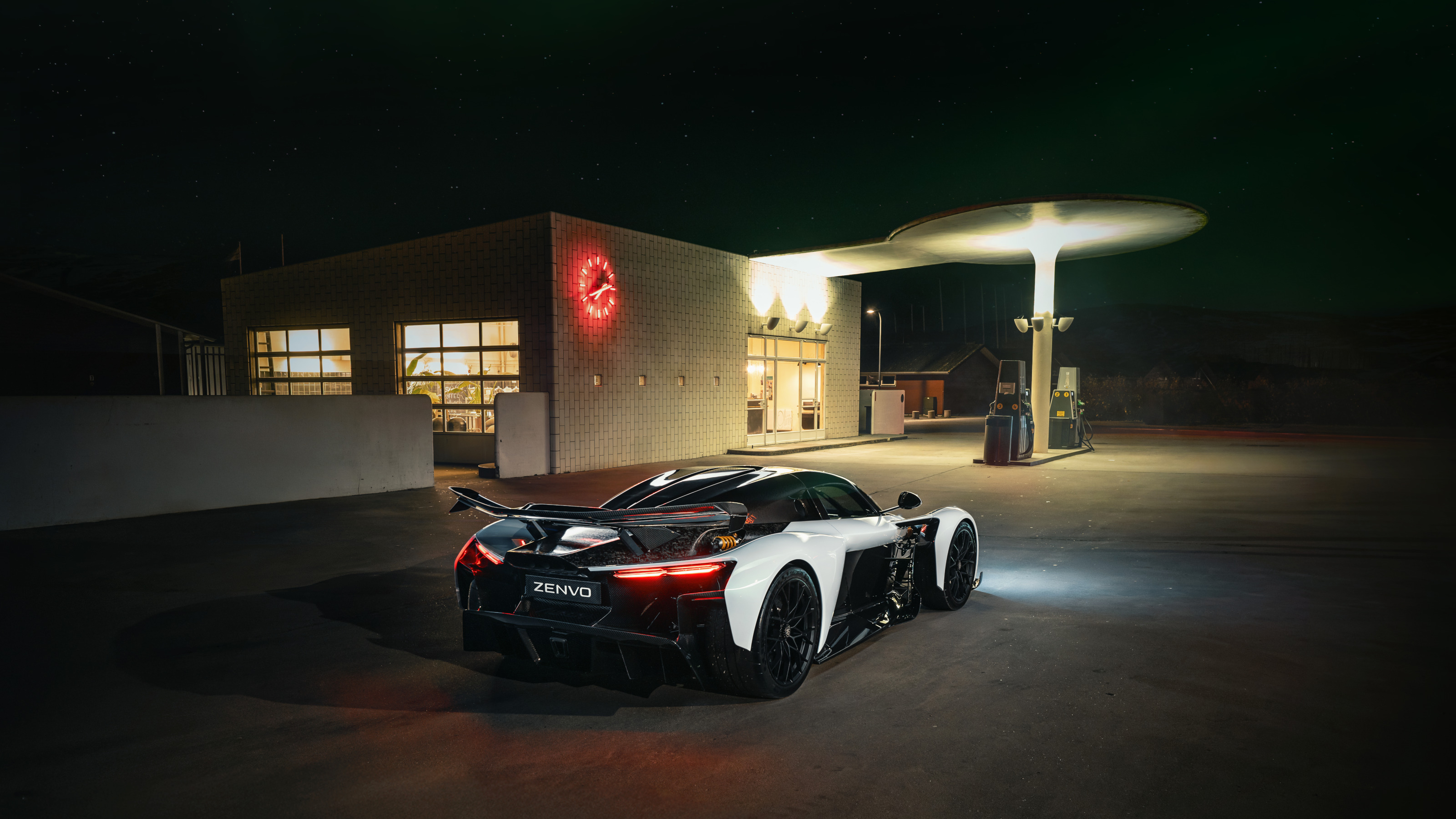 Danish manufacturer Zenvo Automotive’s Aurora is the true enthusiast’s hybrid hypercar
Danish manufacturer Zenvo Automotive’s Aurora is the true enthusiast’s hybrid hypercarZenvo Automotive dovetails Danish design culture with a love of high-end engineering and exceptional performance. We talk to the company’s Jens Sverdrup about its newest machine, the Aurora
-
 The top 10 concept cars of 2024, as selected by Wallpaper’s Transport Editor
The top 10 concept cars of 2024, as selected by Wallpaper’s Transport EditorWe round up our favourite forays into futuristic design with this collection of concepts and design studies showcasing the transport of tomorrow
-
 Yves Béhar gives striking shape and form to this new hybrid-electric catamaran concept
Yves Béhar gives striking shape and form to this new hybrid-electric catamaran conceptSolsea is a concept catamaran from Italian shipyard Rossinavi, blending zero emission cruising with design by Yves Béhar
-
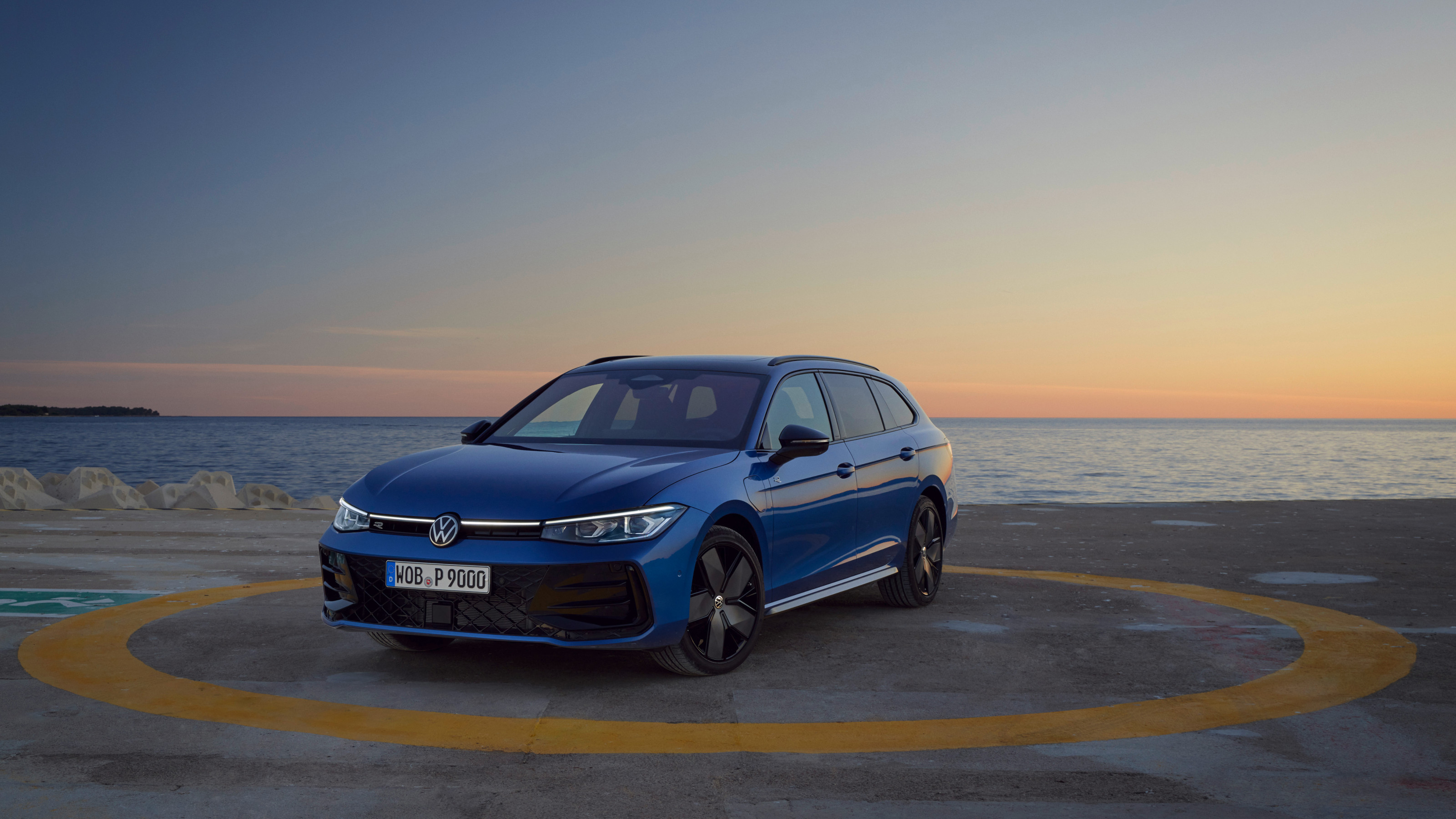 The Volkswagen Passat is a sober, straight edged estate car that feels increasingly out of time
The Volkswagen Passat is a sober, straight edged estate car that feels increasingly out of timeWhy would anyone pass on a Passat? Volkswagen’s big load lugger proves that the old ideas are still the best